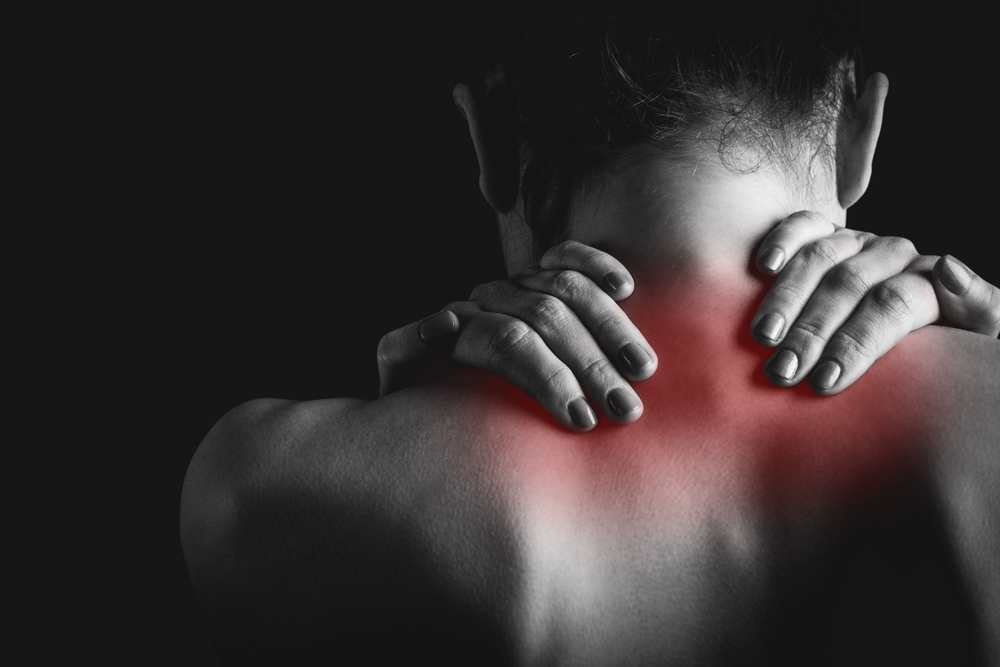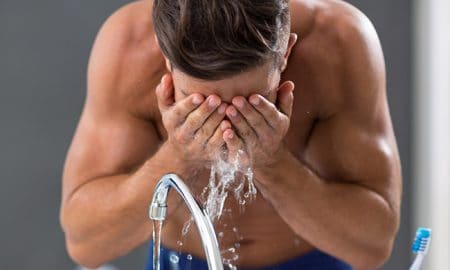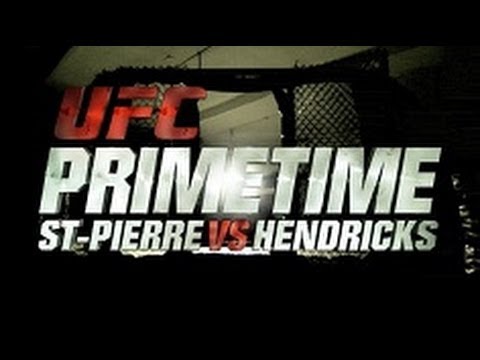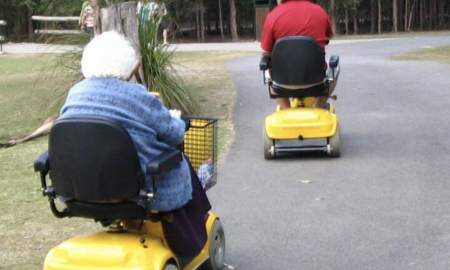
If you exercise frequently, you are probably familiar with delayed onset muscle soreness, or DOMS for short. DOMS is a type of muscle pain that can occur a day or two after your workout. It is important to understand that there is more than one type of muscle pain. Feeling sore after or during a workout may not necessarily be caused by DOMS.
So, first of all, let’s explain what DOMS actually is. DOMS is caused by micro tears in the muscle fibers, which can happen with high-intensity exercises. It is no cause for worry. DOMS is a normal phenomenon. The microscopic tears heal rapidly, helping build strength in your muscles. Not everyone is going to feel DOMS, and not feeling it is no sign that your workout was ineffective.
Now let’s see how the soreness you experience during or after your workout can be treated.
Typical DOMS case
Typically, DOMS lasts for a couple of days and disappears by itself. During this time, your muscle may feel tender to the touch and stiff. You can ease the sensation with targeted massages. While it may not be convenient to proceed to massage your muscle by yourself, a mini massage gun can get the job done for you! Experts even recommend preemptive massages after a workout before DOMS appears for best results.
You can also ease the symptoms with a warm bath that helps relax the muscles. It is worth noting that a cold water bath with temperatures between 50 and 59 F can also lessen your DOMS.
Pain that doesn’t go away
Lingering pain is not only uncomfortable, but it also makes it hard to maintain good form while your work out. Some of the most common pain complaints refer to the neck and lower back areas. These can be caused by a variety of factors that may not be related to working out, such as sitting at a desk all day. If you have lingering pain, working with an osteopath can help alleviate soreness and prevent it from affecting your movements. Additionally, your osteopathic treatment can also provide tips and strategies to reduce pain by strengthening other areas of the body. If you need more help, why not learn about medical cannabis?
Pain during workout
Any amount of pain experienced during a workout will never be DOMS. However, it is important to distinguish between pain categories.
You can feel burning in the muscle area, which is an indication of fatigue experienced as a result of high repetitions. The burning sensation is often described as the “good pain” during strenuous exercises. It is uncomfortable but represents no danger for the body as long as you don’t push yourself too hard.
A sharp pain, on the other hand, is your sign to stop immediately. Whether the pain is in your joint, muscle, or your chest, it’s essential to stop and seek medical assistance if the pain persists. For chest pain, you want immediate medical assistance.
If you push through your sharp muscular pain, you could potentially cause lasting injuries that will weaken the body.
Pain management when you have a workout routine can be tricky. Yet, learning to listen to your body can prevent injuries. Managing DOMS, for instance, is an essential skill to learn and make the most of your workout without any of the inconveniences. Yet, understanding what isn’t DOMS is even more important to your health and wellbeing.


















Follow Us